
Are you a new development director or executive director and feeling a bit lost on how to learn exactly what motivates your donors? Or maybe you’re a new major gift officer and you’d like to set up as many donor meetings as possible. If these scenarios sound familiar, this blog post is tailor-made for you.
Building strong relationships with donors is the backbone of successful fundraising. In this post, we’ll explore key strategies for crafting effective introduction letters that lay the foundation for meaningful donor connections.
When it comes to fundraising, understanding your donors’ motivations is key. Let’s explore the fundamental elements that should be a part of every introduction strategy.
Essential Elements of an Introduction Letter
Express Gratitude for Past Support: Begin your letter by acknowledging and thanking donors for their previous contributions. Demonstrating appreciation shows that you value their partnership with the organization.
Showcase Impact Through Stories: Share compelling stories or language that illustrates the positive impact the donor has had on the organization’s mission. Stories create emotional connections and resonate deeply with donors.
Introduce Yourself and Your Role: Briefly introduce yourself and your role within the organization. Establish a connection between your position and the organization’s mission, emphasizing your dedication to the cause.
Indicate Follow-up Plans: Clearly state how and when you’ll be following up. Will you be calling to set up a face-to-face meeting? Enclosing a survey? Assure your donors that your intention is to build a deeper relationship and understand their connection to the mission, rather than a direct solicitation.
By incorporating these elements, you pave the way for meaningful conversations and alleviate any concerns donors might have about your intentions.
Understanding your donors’ motivations is crucial. It’s not just about your mission; it’s about your donors’ passions, dreams, and vision for the future. To comprehend your donors’ ‘big why,’ engage with your donors regularly.
Initiate conversations via mail, phone, or email, and listen attentively. As Dale Carnegie wisely noted, success lies in understanding the other person’s perspective.
Listening to your donors’ voices can provide invaluable insights, guiding your fundraising efforts in the right direction.
Conclusion: Building Lasting Relationships
In the realm of fundraising, establishing genuine connections with donors is paramount. Your introduction letter plays a pivotal role in initiating these relationships. By expressing gratitude, sharing impactful stories, introducing yourself clearly, and indicating follow-up plans, you set the stage for meaningful interactions.
Remember, fundraising isn’t about asking rich people for money. It’s about nurturing relationships and understanding your donors’ motivations. Be proactive, engage with your donors, and truly listen.
Your donors’ insights can transform your fundraising approach, leading to enduring partnerships that benefit both your organization and the individuals you serve.
If you’re looking for a starting point, download our free Survey Letter Template and modify it to suit your needs.

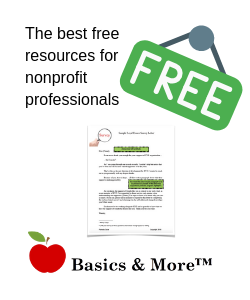
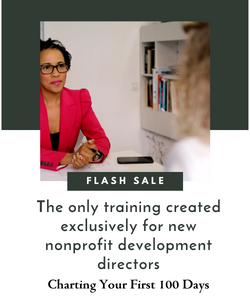


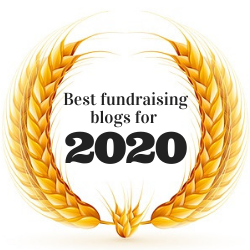


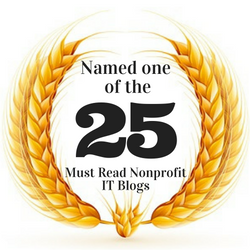
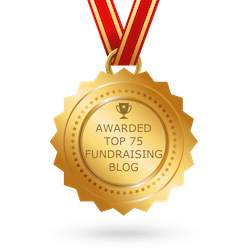








 I can’t wait to meet with you personally.
I can’t wait to meet with you personally.
Comments on this entry are closed.